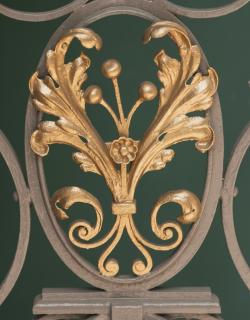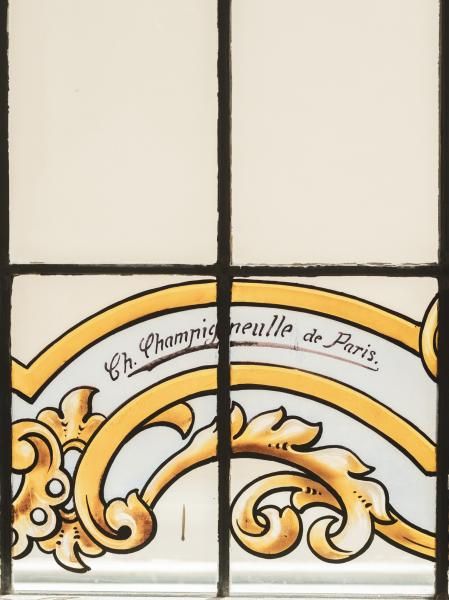


LOÏE FULLER
The light dancer
Miss Loïe Fuller, born January 15, 1862 in Fullersburg, was an American dancer and choreographer renowned for her artistic and aesthetic innovations.
After a career in theater in the United States, she turned to dance and moved to Paris in 1892, where she met with immense success. A pioneer of modern dance, she hypnotized the Folies Bergères stage with her serpentine dances. The interplay of silks and lighting effects created fluid, undulating forms. Her performances made Miss Fuller a central figure in the Parisian art scene of the Belle Époque and Art Nouveau, an artistic movement characterized by curved lines and natural motifs.
Miss Fuller died on January 1, 1928 in Paris. She inspired artists in many fields, including painters, sculptors, writers and dancers the world over. A pioneer of feminism, her work is celebrated by the likes of Auguste Rodin, Henri de Toulouse-Lautrec and even the Lumière brothers.
AN EXCEPTIONAL SETTING
Every detail of the Miss Fuller Hotel has been meticulously thought out and chosen in the heritage of Art Nouveau. Nothing has been left to chance. Wood, glass, metal and wallpaper are all present, making the hotel exceptional.
As soon as you enter, the stained glass window by artist Jacques Gruber (1870 - 1936), representing the sign of Aquarius, announces the journey through time that is about to begin. The exceptional treatment of the textured and assembled glass is in perfect harmony with the choice of furniture for the adjoining reception, bar and restaurant.
The first floor of the Miss Fuller hotel is bathed in light, thanks to the magnificent corbeille glass roof that draws zenithal light from the hotel's inner courtyard, as well as its opening onto a planted patio. The architecture is sublimated, the curves revealed and the comfort optimal. Furniture, tableware, carpets and textiles are in perfect harmony with natural tones.




L'ART NOUVEAU
Art Nouveau is an artistic and architectural movement that flourished from 1890 to 1910. Reacting against academic styles and industrialization, it is distinguished by its flowing lines, organic shapes, and ornamentation inspired by nature. Known by various names in Europe (Jugendstil in Germany, Modernisme in Spain, Secession in Austria), it thrived in cities like Brussels, Paris, Vienna, and Barcelona.
Key figures include Hector Guimard (Parisian metro entrances), Antoni Gaudí (Sagrada Familia), and Gustav Klimt (Viennese Secession). Art Nouveau influenced decorative arts, furniture, jewelry, and glassware, with artists like René Lalique and Émile Gallé. Although brief, this movement left a lasting impact on design and aesthetics, paving the way for Art Deco and 20th-century modernisms.



